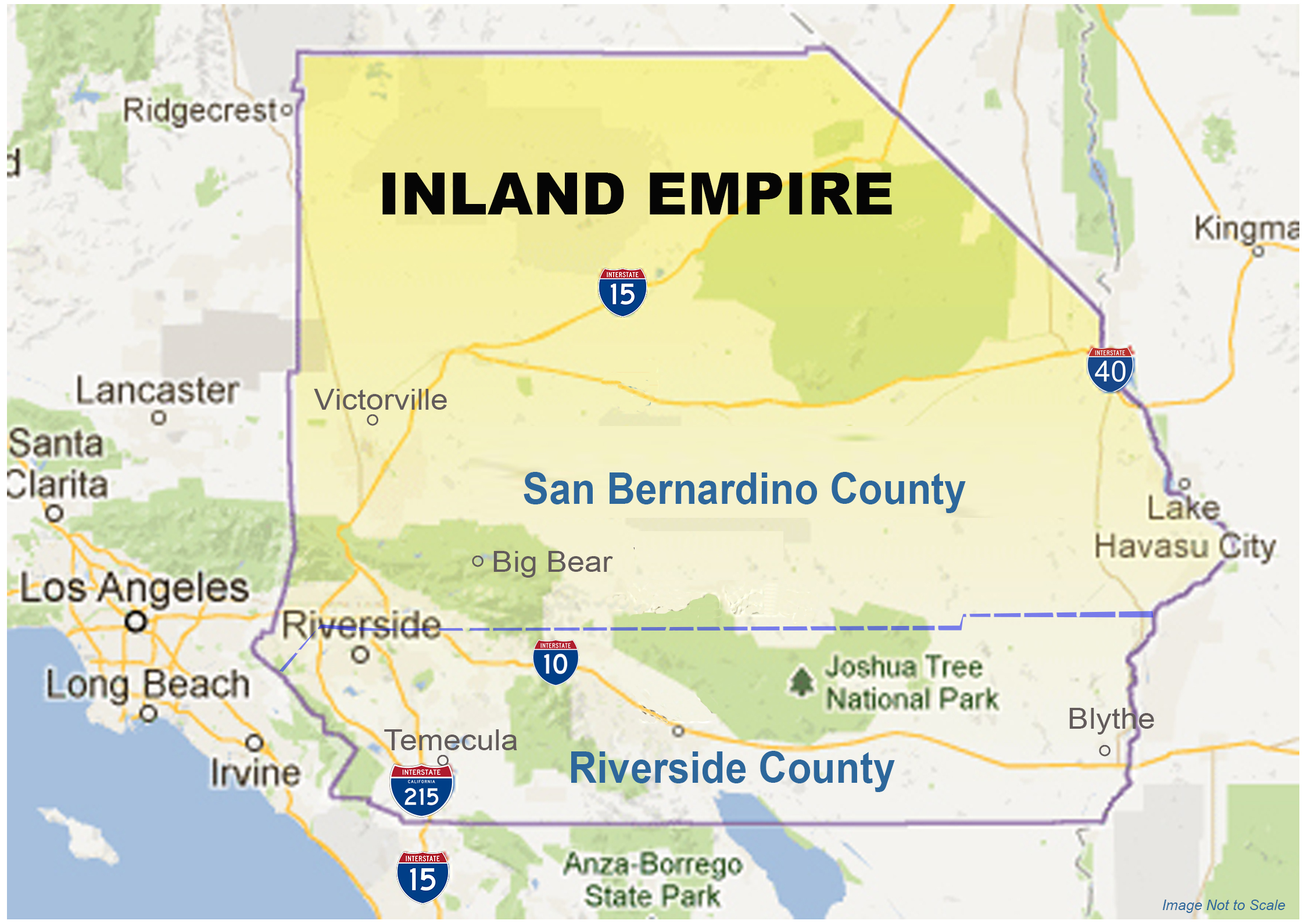
The question, “Where’s the Market?” is probably the one I am asked most often about SoCal’s Inland Empire when I’m attending industry events. Knowing I am going to be asked, I try to prepare accordingly. Here are my latest answers/observations:
Vacancy is Low and Remaining Spaces are Mostly Tough: As of March 1 vacancy is at 7.2% which has ticked up a little since the 4th quarter. This vacancy is primarily comprised of two types of spaces. The first are “good spaces” that have recently become available and will most likely lease in the next three to six months. The second is the really “challenging space” that has likely been vacant for years. This latter type of vacancy is usually as a result of retail consolidation, ownership structure, CC&R limitations, already having all the obvious uses in the shopping center, oddly configured space, buildings with no retail synergy, and similar issues. Much of this space is 5,000 SF and larger.
Lease Rates Are Mostly Trending Higher: For the highest of quality shop space, lease rates are $4.00/SF or higher. We are seeing shop rents in grocery anchored center in the $2.00/SF to $2.75/SF range, but obviously the quality of the centers location makes a big difference. Shop rents in unanchored centers are more likely in the $1.50/SF to $2.00/SF range. Junior anchor to anchor spaces are mostly in the $.80/SF to $1.20/SF range except new construction or deals involving fitness tenants where rents are likely higher. Rising triple net charges are putting pressure on upward lease rate momentum.
Investor Activity is Good: The stock market gyrations of December and the overall holiday period really put a damper on investor activity through December and much of January, but we are finding good (but far from crazy) demand in the market. Properties in the better, more infill markets of the inland Empire are in strong demand. Secondary and tertiary markets are more difficult.
Cap Rates are Generally Steady: Cap rates for single tenant properties that have been recently constructed with long term leases have ranged from 4 to 5% depending upon credit quality and location. Shorter lease terms, large price point deals, or lesser credit are running from 5 to 6% which is similar to the past couple of years. Newer constructed multi-tenant properties with a high-quality tenant mix are selling at cap rates of 5.5 to 6.25%. The greatest shift in the marketplace are older centers with lower quality tenants which are tending to trade from 6.5% to as high as 8%.
Recession Fears Diminishing: During the 4th quarter of 2018 there seemed to be a lot of doom & gloom about the future. Now it seems optimism is returning along with a belief that the US and California economy can remain healthy for the foreseeable future. I think many realize that a slowing economy can be very positive as it will avoid the overheating that usually leads to a downturn. I can’t stop thinking about the fact that Australia has not had a recession since 1991. A guy can dream – right?
Retail is Constantly Changing: I am not going to repeat what you all know from the news. But what I am fascinated by is the opportunities and questions raised by this change. For example, one of our brokers recently suggested that drive-thrus may become obsolete. The idea being why should you get stuck in a drive-thru when you can pull into a parking space, order from your phone, and through “geo-fencing” technology, the employees will know where you are parked and they can promptly deliver your order when it is ready. This could result in the 8th car in line not having to wait for 7 other cars, especially if they placed their order before they left their home. Grocery stores are already doing this, but banks, restaurants, and pharmacies could all move in this direction.
Corporate Deals Are Brutal: Across the board, I keep hearing from anyone that is trying to do a deal with a corporate tenant that the process is slow, difficult and the goal line seems to continuously get moved. I am convinced that many of the real estate managers and “real estate committees” have all gone to the same negotiation class and now have no concern about changing the deal even after the deal has been agreed upon. However, despite this conspiracy theory idea, what I genuinely think is causing this situation are concerns about rising construction and labor costs, constant technology changes, changing personnel handling the deal making process including corporate counsel, slower and more challenging entitlement processes, and more. Many corporate deals are ultimately decided at the finance level and every time they receive new information that causes them to have to change one of their inputs, it could change the deal.
These are just a few of my most recent observations. I will endeavor to share more as the year progresses. In the meantime, here’s to continued economic growth and success for all in the foreseeable future!